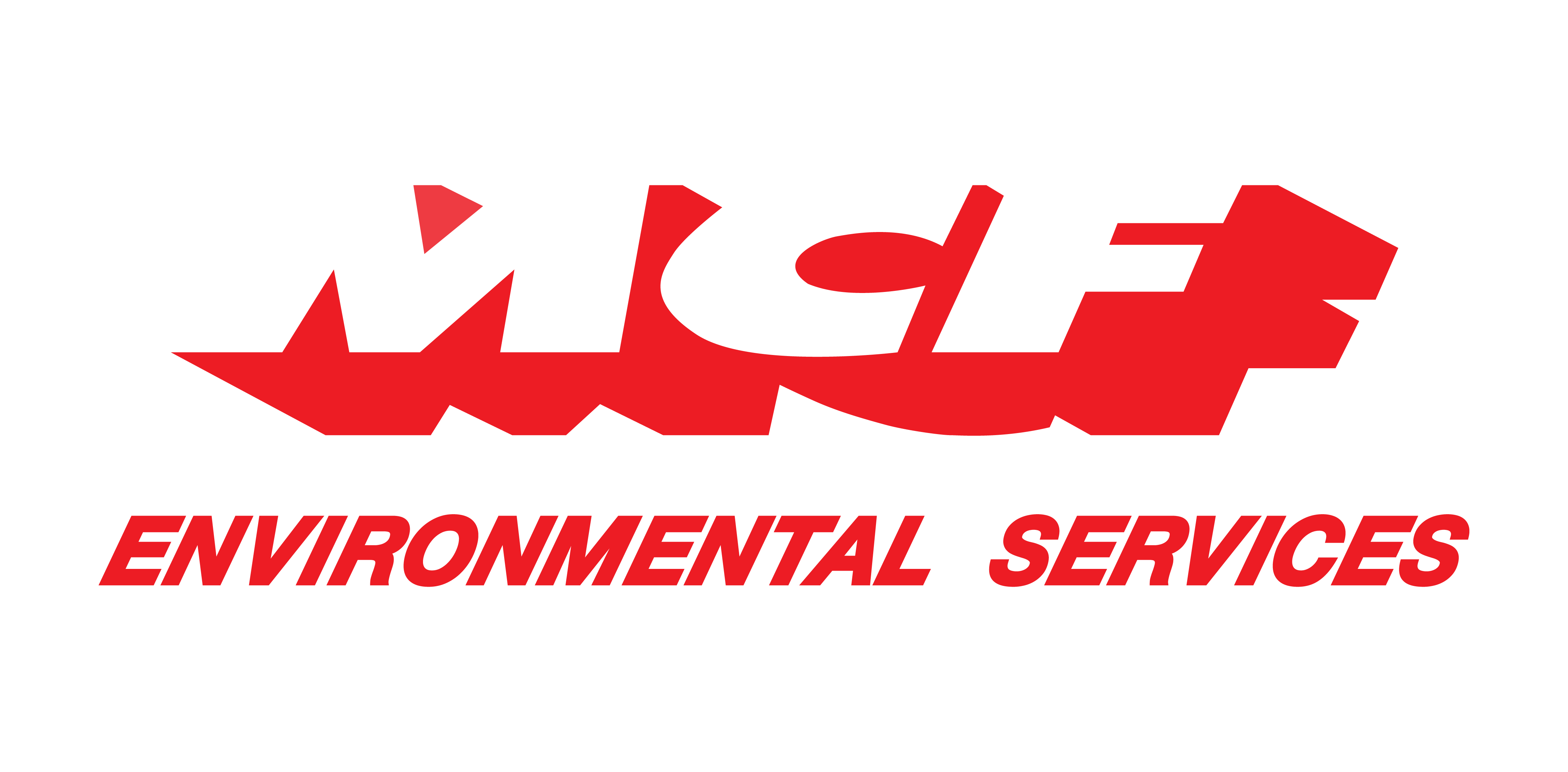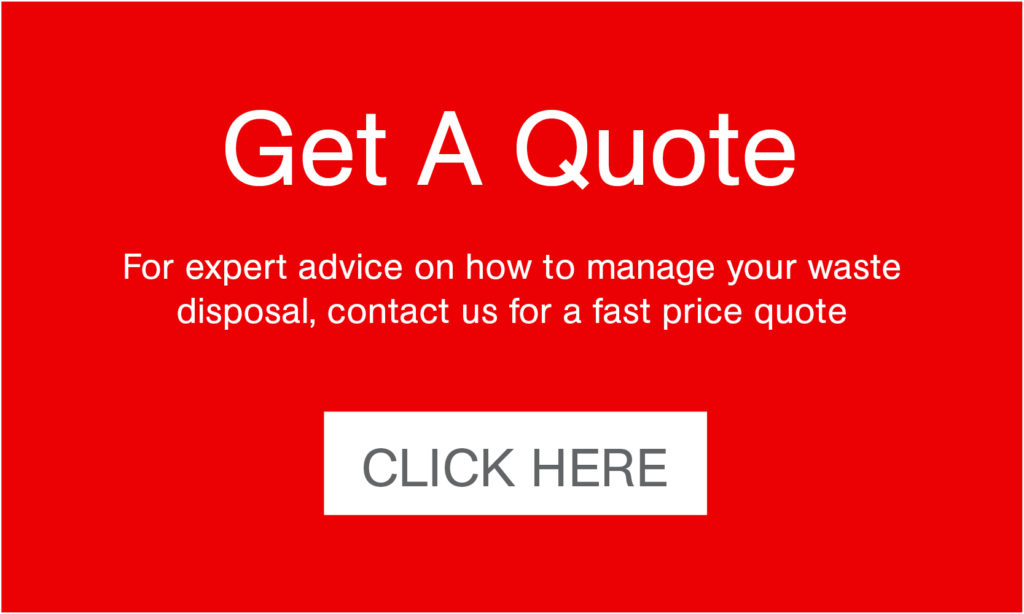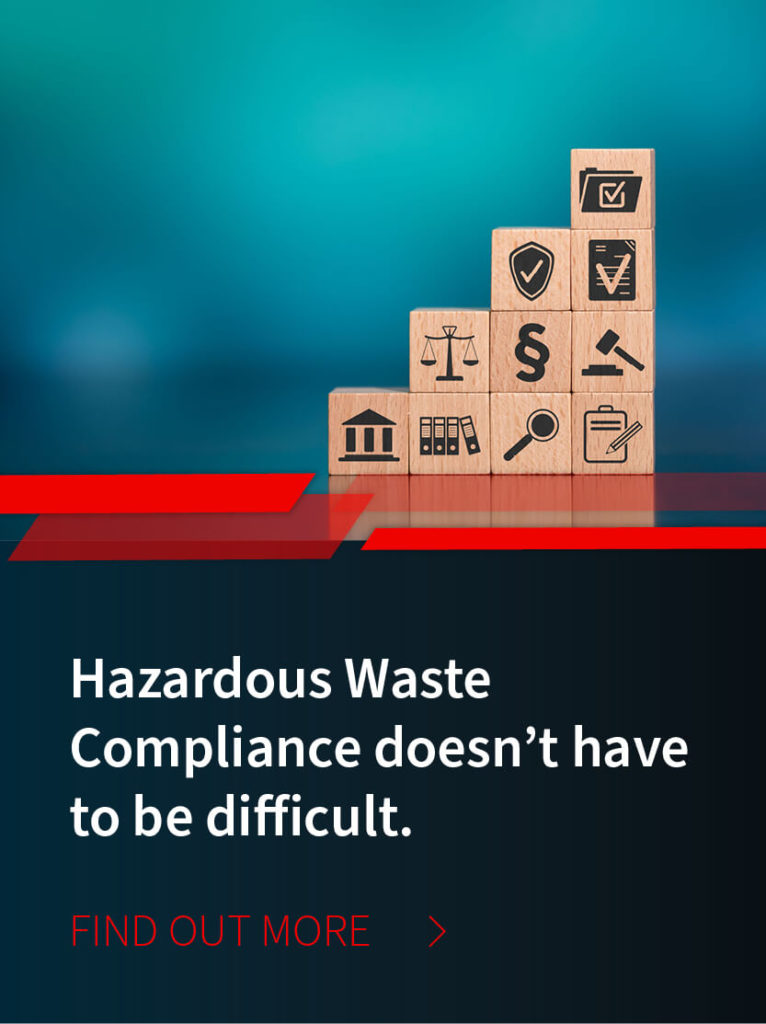
/ IN THIS BLOG
In the United States, all hazardous waste generators have "cradle to grave" responsibility for any waste they generate. This means that your responsibility extends from the time the waste is created until it is properly disposed of in its final state.
Even if your company hires a third party to deal with the treatment, shipping, and disposal of the waste, your business is still responsible for the waste during the entirety of this process. There are many rules and regulations covering the packaging, labeling, and transporting of regulated wastes and oftentimes, these regulations are complicated. So, it’s helpful to better understand the procedure for sending waste to Treatment, Storage, and Disposal Facilities (TSDF).
01 / Identifying Hazardous Waste
Disposing of hazardous waste is costly. So, it is essential your company identify and segregate hazardous waste. This ensures that your company does not pay more for disposing of general waste. According to the Environmental Protection Agency (EPA), hazardous waste is "a waste with properties that make it dangerous or capable of having a harmful effect on human health or the environment." The EPA also provides information to help companies determine what waste is hazardous.
Once your facility determines that it has hazardous waste that needs to be disposed of, it can choose to treat the waste on-site or send it to a TSDF. Many facilities choose to have a TSDF deal with their hazardous waste. However, it is important to remember that your facility is still responsible for the waste, so it is vital to choose your TSDF carefully. Additionally, you must ensure your waste is properly packaged and shipped, or the TSDF will not accept it. To help with this, here is some information on choosing a TSDF and properly preparing your waste for shipment to the TSDF.
02 / Preparing the Waste for Shipment
Your company must make sure to comply with all requirements when packaging the waste for shipment. In the past, TSDFs would sometimes make allowances for mistakes a generator might make when packaging or shipping waste. However, this is no longer true. Now, if you package or ship the waste incorrectly, they may not accept it. So, it is essential to ensure your company follows all regulations. Here are a few important steps to take when packaging your hazardous waste for shipment to a TSDF.
Identify the Classification of the Hazardous Waste
In order to properly deal with hazardous waste, it is essential to determine which of the nine classes of hazardous materials it falls under. This information should be located on the manufacturer's Safety Data Sheet. But, if not, you can look at a Hazardous Materials Table located in the Code of Federal Regulations. The Hazardous Materials Table will also provide information on how to prepare the hazardous material for shipment. The US Department of Transportation does have specific hazard classification criteria for materials, which is determined by the material's physical and chemical properties. You will need to know this information when you package your company's hazardous waste.
Packaging the Waste
Now that you have determined the classification for the waste you will be shipping, you will be able to package and label it correctly for shipping. It is possible that you will need performance packaging codes. These codes are placed on the hazmat label and provide important information about the materials being shipped. There are also specific requirements for what packaging must be used for the waste being shipped. These can be found in the Code of Federal Regulations.
You should also place the appropriate hazard communication on the packaging. The hazard communication typically consists of information, such as the shipper's information, hazard class labels, orientation arrows, identification numbers, and the correct shipping name markings. This is important because you as the shipper are required to alert people to any hazards associated with this waste.
You may also be required to have a shipping paper. This would include a description of the material with the UN identification number, the correct shipping name, hazard class, packing group, number of packages, and type. You would also need to include emergency contact information and the shipper's certification.
Transporating the Waste
As we discussed earlier in the article, as a waste generator, you are responsible for the waste from cradle to grave. This includes transportation. So, your company should choose a transporter that complies with all applicable regulations. The transporter should have an EPA number and comply with the EPA’s hazardous waste manifest system. You'll also want to ensure they are prepared to deal with a discharge should one occur.
03 / Choosing the Right Treatment, Storage, and Disposal Facility
As you can see, it’s extremely important to carefully select the TSDF your company will work with. You’ll want to be cognizant of selecting a facility that has a stellar reputation with a proven track record that shows that they prioritize both public safety and the environment. Be sure to research if the TSDF company you’re considering has had violations in the past and, if so, what they were for. You could also check reviews to see if other companies were happy with their service.
It’s always a good idea to ask for proof that the facility has all the required permits. However, in some cases, a permit might not be required and this information can easily be accessed via your local government. It is essential to remember that you are responsible for the waste even after the TSDF takes possession of it. If it is released into the environment, you, not the TSDF company, will be held responsible for any clean-up costs or harm that occurs.
04 / Trust MCF Environmental Services with Your Hazardous Waste Removal
Following all the regulations for dealing with hazardous waste can be complicated. With such complex rules and regulations, it’s easy to make a mistake. Such oversight can cause your waste to be rejected and result in costly remedies.
MCF Environmental Services approaches its role as a partnership with each client. We’re ready to help guide you through the entire process, ensuring that you know everything necessary for handling and packaging waste. This can help you to avoid costly mistakes and ensure you’re protected from damages every step of the way. With so much at stake for your business, trust MCF Environmental Services for your hazardous waste removal and disposal needs. Reach out today for more information.
Robert Losurdo
President, COO








